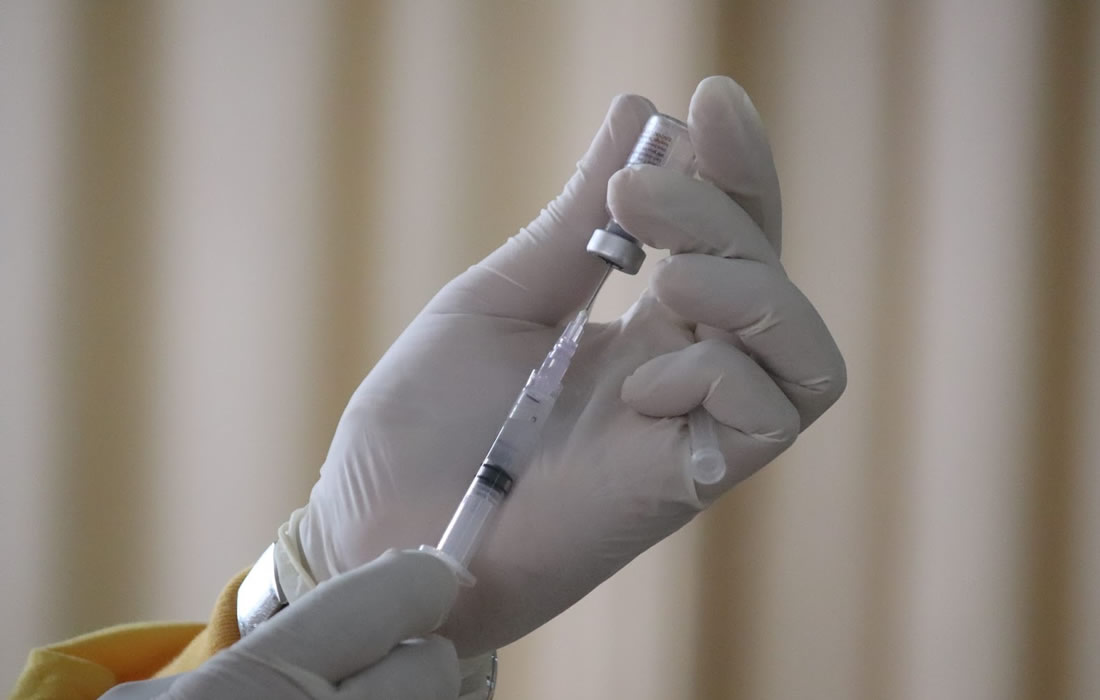Regenerative Medicine News and General Information
New Light Into a Tuberculosis Vaccination Strategy That Could Prevent the Leading Cause of Death Among People Living With HIV
One in three people living with HIV die of TB, which is caused by a bacterium called M. tuberculosis that usually attacks the lungs. It is the world’s second-leading infectious killer after COVID-19. About 1.6 million people die of TB annually, including almost 200,000 people living with HIV, according to the World Health Organization.
Bacille Calmette-Guérin (BCG) is a vaccine against TB that has been around for 100 years and is among the most widely used vaccines in the world. It is made of a live, but weakened, form of M. bovis, a bacteria closely related to M. tuberculosis. BCG is mostly given to infants and children via injection into the skin, but it offers minimal protection from M. tuberculosis, particularly against infection of the lungs.
In a landmark study a team of scientists at Pitt and National Institutes of Health showed that when monkeys are given the BCG vaccine intravenously it is highly protective against TB, including lung infections.
“We almost didn’t do this study with this vaccine out of fear that the vaccine itself would cause serious disease in these immunocompromised animals,” said senior author Dr. Charles Scanga. “BCG is a live bacteria. It is safe for people with healthy immune systems, but HIV suppresses immunity, and even weakened bacteria can be fatal.”
With the encouraging results from the previous paper, the team decided to go forward with the experiment. But they did something unique. About three weeks after vaccination, they gave the monkeys antibiotics to kill all the live attenuated bacteria in the vaccine. Their hope was that the BCG had enough time to stimulate the immune system to protect against a real TB infection, but not enough time for the weakened bacteria in the vaccine to cause disease in the immunocompromised monkeys.
Not only did none of the animals get sick from the BCG vaccine but, most importantly, 75% of the monkeys with SIV that were vaccinated intravenously and then given antibiotics a few weeks later went on to successfully fight off TB infections. Intravenous BCG vaccination also protected all the monkeys without an SIV infection. The only animals in which the vaccine did not work to prevent TB were those that had the worst SIV disease, likely because the SIV had already wiped out the immune cells, meaning there were none left for the vaccine to train to fight TB.
The scientists note that it isn’t going to be practical — especially in low- and middle-income countries — to give this vaccine intravenously to people with HIV and then expect them to come back in a few weeks to take antibiotics to prevent the BCG vaccine from causing disease. They plan to test the safety of intravenous BCG without using any antibiotics, as well as testing new BCG vaccines in development that self-destruct before that can cause disease in immunocompromised people, yet are still able to prevent TB.
Sources:
Erica C. Larson, Amy L. Ellis-Connell, Mark A. Rodgers, Abigail K. Gubernat, Janelle L. Gleim, Ryan V. Moriarty, Alexis J. Balgeman, Cassaundra L. Ameel, Solomon Jauro, Jaime A. Tomko, Kara B. Kracinovsky, Pauline Maiello, H. Jake Borish, Alexander G. White, Edwin Klein, Allison N. Bucsan, Patricia A. Darrah, Robert A. Seder, Mario Roederer, Philana Ling Lin, JoAnne L. Flynn, Shelby L. O’Connor, Charles A. Scanga. Intravenous Bacille Calmette–Guérin vaccination protects simian immunodeficiency virus-infected macaques from tuberculosis. Nature Microbiology, 2023; DOI: 10.1038/s41564-023-01503-x
University of Pittsburgh. “TB vaccine discovery paves path to end number one killer of people living with HIV.” ScienceDaily. ScienceDaily, 10 October 2023. <www.sciencedaily.com/releases/2023/10/231010182948.htm>.
Materials provided by University of Pittsburgh. Originally written by Allison Hydzik. Note: Content may be edited for style and length.
Images from:
Photo by Mufid Majnun
https://unsplash.com/photos/person-holding-white-ballpoint-pen-cM1aU42FnRg

